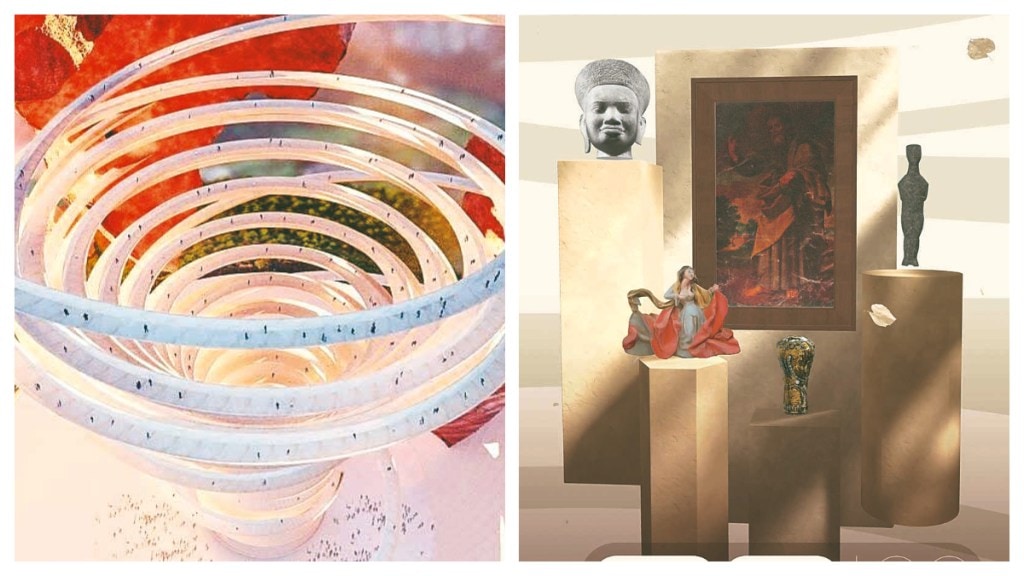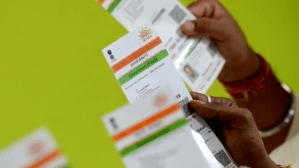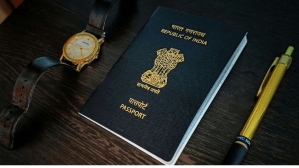A digital museum displaying 240 missing artefacts from 46 countries was launched at the end of September this year at UNESCO’s annual conference on cultural police in Barcelona, Spain. Holding objects restored through artificial intelligence, this AI museum allows visitors to view, learn about and inspect these objects through AI tools in the interface. What’s even more interesting about this museum is that the goal is to have the countries of origin of all these objects reclaim their artefacts in time. It has not been opened for public viewing yet, nor has a date been announced.
The digital visual structure of the museum created by Pritzker Prize-winning architect Fracis Kéré is in the shape of a baobab tree, and holds the Stolen Cultural Objects Gallery, the Auditorium, and the Return and Restitution Room, where one scrolls from animal fossils and statues to idols and paintings, which are searchable by name, material, function, and colour.
While a first-of-its-kind initiative in artefact restoration by UNESCO, it wouldn’t be the first time museums have leveraged AI to make not only the visitors’ experience richer, but also to make curation, study and record keeping more effective.
France Museums, an international museum consultancy company, for instance have been using AI for individual as well as joint exhibitions with other international museums, among them the Louvre Abu Dhabi. As explained by Charlotte Clergeau, digital projects officer for France Museums, who was quoted in an article on the aforementioned exhibition, AI can be used by museums for three basic purposes, for mediation and visitor assistance, creative purposes and curations. Separately, AI can also be used to maintain visitors’ data. Choosing data to train the AI can be uniquely challenging when dealing with historical subjects.
The Toledo Museum of Art is also utilising AI to accommodate for NFT (non fungible token) art pieces that are acquired or bought by the museum. The Imperial War Museums in the UK have also been using AI to make their assistive tools for visitors more user-friendly, and their collections more discoverable for visitors. IWM is working with Google and Capgemini on making audio and text translations more accurate for visitors, and with the use of AI have found the translations to be 99% accurate. This project reportedly saved IWM 20 years worth of manual labour, completing the work in a matter of weeks.
On September 17, a unique example of AI use in museums was seen in India as well, wherein a hyper-realistic AI-powered Holobox of former deputy prime minister Sardar Vallabhbhai Patel was unveiled at the Pradhanmantri Sangrahalay in New Delhi. This life-size 3D avatar of the Sardar Vallabhbhai Patel will allow visitors to have realistic interactive conversations with the Iron Man of India. Soon, a Holobox of former President APJ Abdul Kalam can also be expected, a release from the Press Information Bureau revealed.
Qatar Museums this year has also launched AI guided museum tours for visitors earlier this year. Based on inputs given by the visitor, the AI art specialist curates a custom route featuring handpicked locations and artworks across Doha, offering visitors a personalised and almost exclusive experience. Throughout the tour the AI assistant also answers questions, provides navigation suggestions, and shares insights to prompt an interactive experience with the visitor.
As for the UNESCO AI Museum for Stolen Cultural Objects, it was developed in response to the call of Member States for a coordinated strategy to raise awareness on illicit trafficking, and funded by the Kingdom of Saudi Arabia and implemented in collaboration with INTERPOL.
CEO of Tagbin, and the man behind the Holobox of Sardar Vallabhbhai Patel displayed at the Pradhanmantri Sangrahalay, Saurab Bhaik in an article on Nasscom Community in 2023 had written about the various ways in which AI can revolutionise the museum experience. First and foremost, it holds the potential to significantly enhance the visitor experience, by analysing visitor behaviour and preference, audio guide softwares, and improvement in exhibit curation and design; it can make museums more accessible by removing language barriers through AI translations; aids in data collection regarding different elements of historical objects, time gap pictures (digital reconstruction of a historical artifact or person at different ages, analyse market research, audience segmentation and audience segmentation; design and reconstruction of damaged artifacts as well as design of the museum space, and more.
With time, much like the ‘Digital World’ gallery at the National Science Centre, where visitors can interact with displayed piece through VR, AR and AI tools — museums too will have interactive exhibits, AI guided tours and assistive tools making the museum experience more educational and wholesome for not only the visitors, but for the curators and researchers as well.
While UNESCO tries to repatriate stolen objects, a daylight robbery at the Louvre Museum in France has shocked the world. Eight pieces of jewellery dated back to the 19th century, including one that belonged to French royalty was stolen. Following this almost cinematic heist, will AI be used to further strengthen security measures around art pieces and museum premises? This could be the next frontier for museums, once historical and cultural contexts are accounted for.








